Tag: waterways
Oyster Roast 2023
September 8, 2023

Sound Rivers 2023 Oyster Roast
Purchase your tickets to the 2023 Oyster Roast below! Please make sure to list the names of ALL of your guests in the comments section at the bottom of the form! Get more information about the Oyster Roast, auction and more here.
(*Sept. 20 update: There are limited VIP tickets left, so we have taken the VIP option off the tickets sales form. Please call the Washington office at 252-946-7211 if you are interested in VIP tickets.)
(*Member price is for current Sound Rivers members and donors only. If you are not currently a member or are unsure of the date of your last gift, please email info@soundrivers.org and we will assist you. If you mistakenly purchase a member-priced ticket, we will be in touch to assist you. Not a member? Join here!)
Job Openings
June 1, 2023
Job Openings
Do you have a passion for the environment and justice issues affecting eastern North Carolina? Do you enjoy a dynamic work environment? Do you love collaboration, team support and opportunities for growth?
Stormwater Education Coordinator
Resilience Corps NC is hiring a Stormwater Education Coordinator for Sound Rivers! This yearlong position is funded by Americorps and the Conservation Trust for North Carolina, and is focused on outreach and education about Sound Rivers’ Campus Stormwater Program (which continues to grow!) The deadline to apply is June 28. Start date is Sept. 4, 2024. Read more about the position and apply here!
Climate Change
April 5, 2023
Climate Change
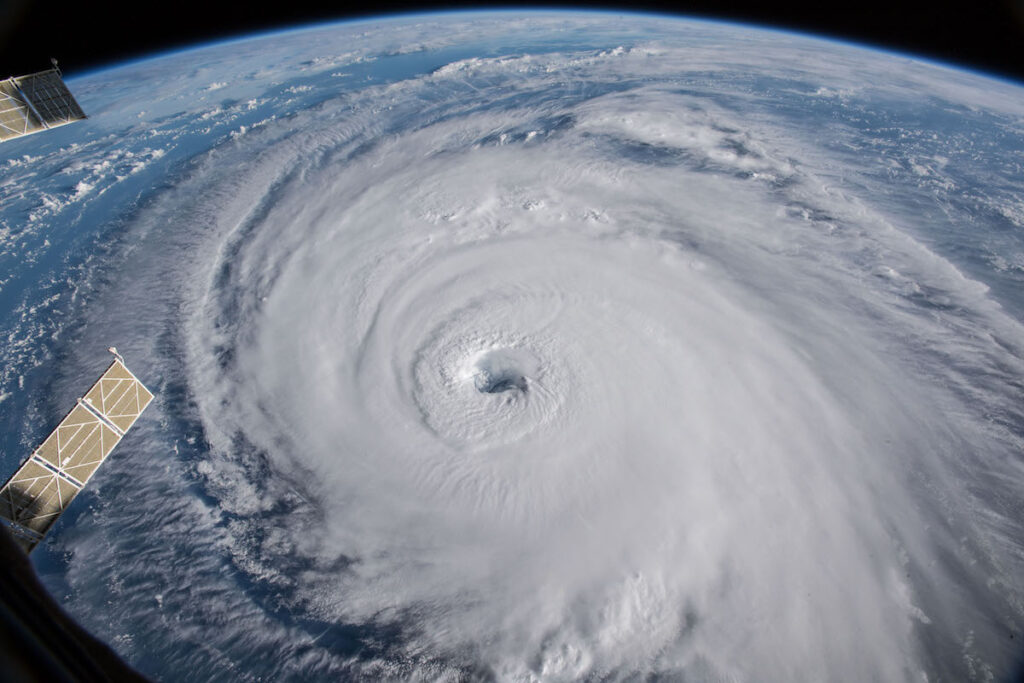
It’s not an if. It’s a when. That’s how many people in our watersheds approach the idea of the next devastating storm.
In 2018, a category 1 Hurricane Florence made landfall just south of Wrightsville Beach, and in the days that followed, became one of the most devastating hurricanes on the North Carolina record.
Florence delivered up to 30 inches of rain in many places; freshwater flooding due to the torrential rain led to hundreds of people being rescued from homes farther inland; historic storm surge in New Bern and Washington did the same. More than 4,300 eastern North Carolina homes were damaged or destroyed. On the Neuse, Trent and Cape Fear rivers, 46 industrial swine and 35 poultry facilities flooded, sweeping tons of waste into local waterways, and coal ash spilled from the Neuse floodplain.
Just two years prior, Hurricane Matthew delivered similar destruction.
These two, 500-year storms hit North Carolina within a 23-month period.
This is climate change.
A key impact of climate change is more storms, wetter storms — not limited to hurricanes and tropical systems, but everyday storms. Magnified by sea-level rise, flooding from these storms is severely affecting just about every aspect of life. It destroys buildings, homes, land and crops, endangered species and critical habitats; disrupts business operations and economic activity; threatens our roads, resources and energy and water utilities. It results in more water pollution, highlights social inequalities and how difficult it is for rural, lower-income counties to adapt to a greater flooding threat.
And according to North Carolina Department of Environmental Quality’s Climate Risk Assessment and Resilience Plan, released in 2020, the state should plan for greater extremes in the future. We may not be able to stop the impacts of climate change, but what we can do is be more resilient to them.
Read the 2020 North Carolina Climate Science report on the N.C. Department of Environmental Quality website.
Ways We Can Be Resilient
Wetlands: protecting our wetlands is key to flood mitigation. Where levees and sea walls simply attempt to block incoming floodwater, wetlands naturally decrease destructive wave action, spread water out and ultimately filter the water, removing harmful pollutants.
Living Shorelines: constructing/restoring living shorelines means habitat is restored, our coast is protected from erosion and damage from storms, water quality is improved and recreational opportunities such as fishing, swimming and public access abound.
Swine Buyout Plan: in North Carolina, hogs outnumber people in 30 of our 100 counties, many of which are located in floodplains and on the banks of the rivers and creeks of eastern North Carolina. When it floods, there’s no place for those tens of thousands of hogs and their millions of gallons waste to go — except into the waterways. North Carolina has a Swine Buyout Program, intended to buy out those swine facilities in the floodplain, and the land used for other purposes such as growing crops. It’s a popular program that had 138 applications and a total of 43 facilities bought out until it was effectually halted. How? Funding for the Swine Buyout Program is continually removed from the budget during the North Carolina General Assembly’s budget negotiations.
Watershed restoration plans: Watershed restoration plans are an important element of resiliency. These plans identify pollutant sources and land-use changes in the watershed, and make of list of priorities that will restore habitat and water quality. Stormwater runoff reduction measures installed through watershed plans have been shown to greatly reduce bacteria and sediment in polluted runoff from storms.
Latest News
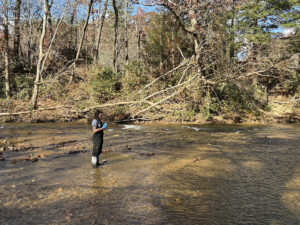
Waterkeepers pivot from conference to Hurricane Helene recovery
October 31st 2024
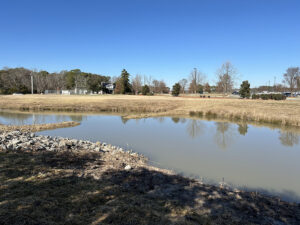
Wayne Community College wetland passes first test(s)
January 11th 2024
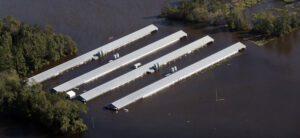
ACTION ALERT: NCDEQ permits need OUR input!
October 26th 2023
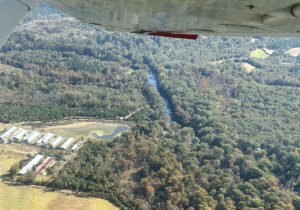
Riverkeeper introduced to aerial investigation
October 26th 2023

Neuse Riverkeeper goes on the record about CAFO pollution
October 19th 2023
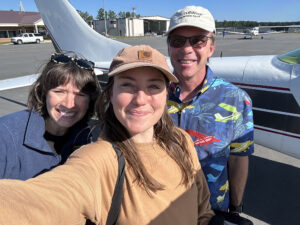
Aerial tour reveals major Neuse pollution threats
October 5th 2023

Ophelia brings unexpected impacts
September 28th 2023
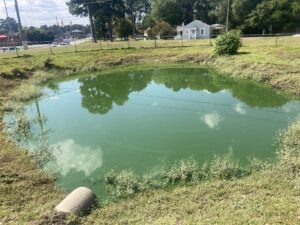
Washington gets a stormwater scouting
September 21st 2023
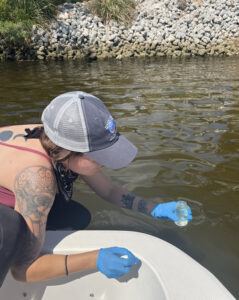
Sound Rivers team tracks Neuse fish kill
September 14th 2023
Microplastics
April 5, 2023
Microplastics
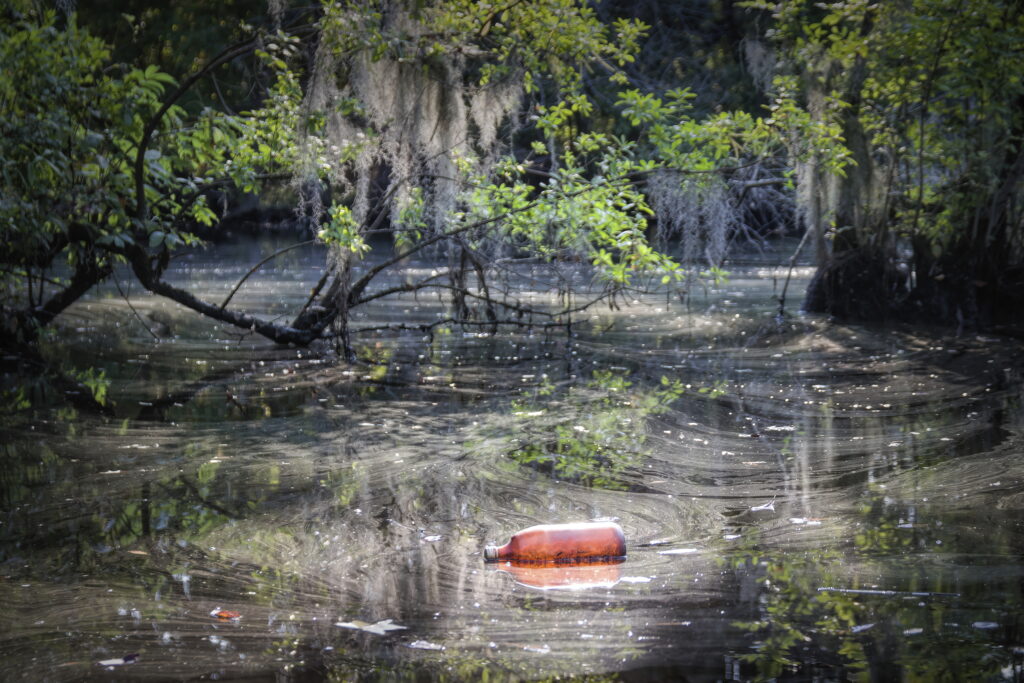
Plastics end up in our waterways all the time, whether it’s through roadside litter washed into a creek during a hard rain or people using our precious natural resources as convenient dumping grounds. Plastics do break down, and when they do, it’s into microscopic pieces called microplastics.
Less than 5 mm in size, microplastic pollution can only be seen under a microscope. Sometimes they are small fibers, sometimes they are microbeads, other times they are films or flakes. They don’t go away — they just break down into smaller and smaller pieces.
Since they’re so tiny, microplastics can be ingested by and build up in aquatic life, which means we can end up ingesting plastic, too.
Sound Rivers is engaged in a statewide research project to determine how macroplastics end up in our waterways, how they break down into microplastics, impacts on waterways, wildlife and public health and what we can do to prevent this type of pollution.
Part of the project is Sound Rivers’ Riverkeepers and Water-Quality Specialist collecting water samples from local waterways to be boiled down, filtered and viewed under a microscope for the presence of microplastics.
Another part of the projects is Sound Rivers’ three Trash Trouts, or litter-trapping devices, installed on waterways in the Neuse and Tar-Pamlico river basins, that are also informing the “bigger picture” aspect of study: each Trash Trout is monitored and cleaned out regularly, and its contents audited by volunteers to see just where the microplastics are coming from. These Trash Trouts are located on Jack’s Creek in Washington, Duffyfield Canal in New Bern and Little Rock Creek in Raleigh.
Latest News
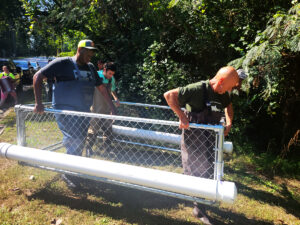
Marsh Creek gets trash traps No. 7-9
October 10th 2024
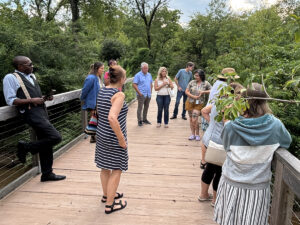
Sound Rivers adds to plastic pollution solution
August 1st 2024
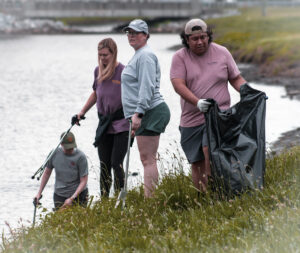
Small cleanup, with a big impact
April 25th 2024
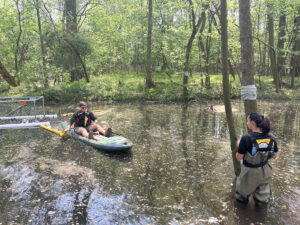
New trash trap gets adjustment, first cleanout
April 4th 2024
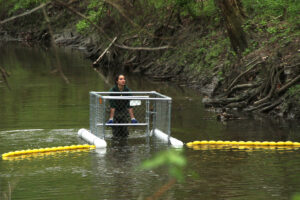
Trash trap No. 5 makes Greenville debut
March 28th 2024
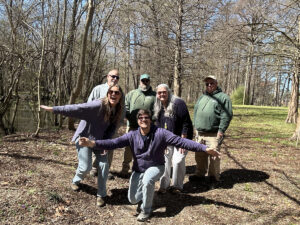
Coming soon! Greenville trash trap
March 14th 2024
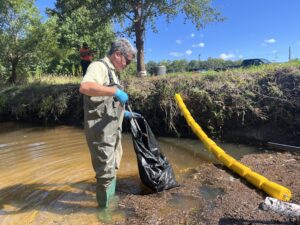
Sound Rivers trash traps pass Tropical Storm Idalia test
September 7th 2023
Stormwater Runoff
April 5, 2023
Stormwater Runoff
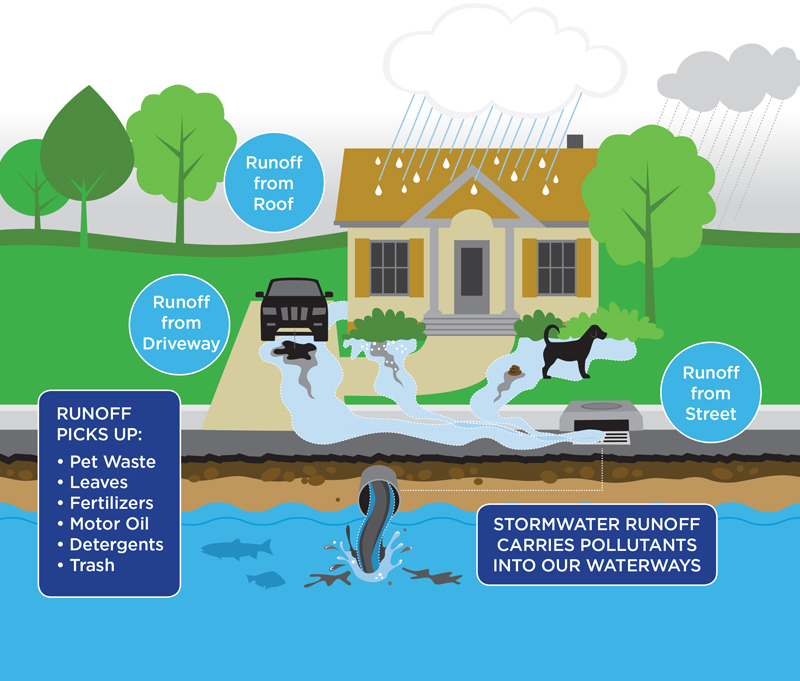
When rain falls in a natural setting, almost all stormwater infiltrates the soils and groundwater or is taken up by vegetation. But when land is developed, the impervious cover (roads, rooftops, driveways, parking lots) increases the volume of stormwater that is not absorbed by the land and accelerates the transport of stormwater across the surface of the land. As impervious cover increases, so does the volume and velocity of contaminated surface runoff into streams, lakes and sounds.
Polluted stormwater runoff, including sediment from poorly maintained construction sites, is the number one reason for poor water quality in North Carolina and one of the main causes of pollution in the Neuse and Tar-Pamlico rivers. Sediment can cause severe problems for creeks, rivers and estuaries on which we depend for our drinking water, recreation, wildlife habitat and fishing.
Stormwater pollution results in a multitude of economic losses. Sediment, toxic pollutants and pathogens in stormwater leads to poor quality fish catch and financial losses for the commercial and recreational fishing industries. Contaminated beaches result in medical expenses for treating water-related illness, and the coastal community suffers from losses in sales and services. Stormwater pollution also leads to increased water treatment costs.
When stormwater runoff increases, it can create significant flood damage repair costs and dredging costs, as sediment washed from the land settles in our waterways.
Yet, measures to decrease stormwater impacts can significantly increase property values.
Read about ways you can decrease and/or treat stormwater runoff on your own property on our Protecting Water Quality At Home page!
Learn about Sound Rivers’ green stormwater infrastructure projects at schools across the Tar-Pamlico and Neuse watersheds here.
Latest News
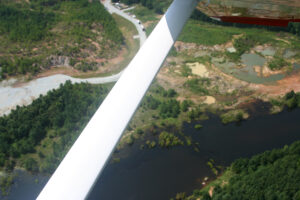
Riverkeeper spurs inspection, landfill found in violation
August 15th 2024
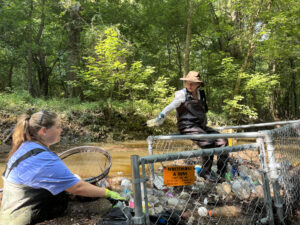
TS Debby prompts trash-trap pro-activity
August 8th 2024
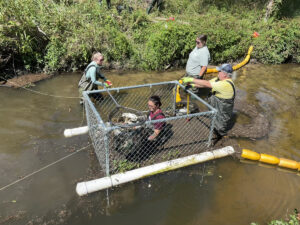
Kinston, Raleigh trash traps get some TLC
August 1st 2024

Rain ramps up trash-trap cleanouts
July 25th 2024

Riverkeeper, intern take on emergency trash trap cleanout
July 25th 2024

Tar-Pam Riverkeeper investigates Cub Creek turbidity
July 25th 2024
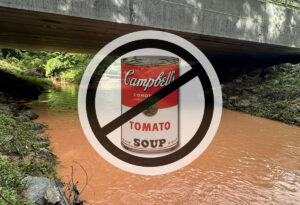
Heavy rains lead to sky-high turbidity on Lick Creek
July 25th 2024
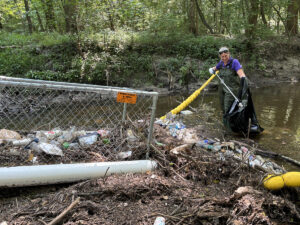
Greenville’s trash trap gets emergency cleanout
July 18th 2024

